This year’s Nobel Prize in Chemistry recognizes the development of quantum dots, particles whose size controls their color, making them useful for technologies such as displays.
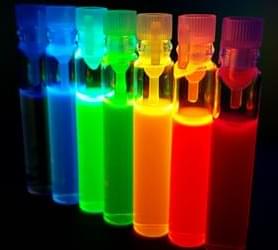

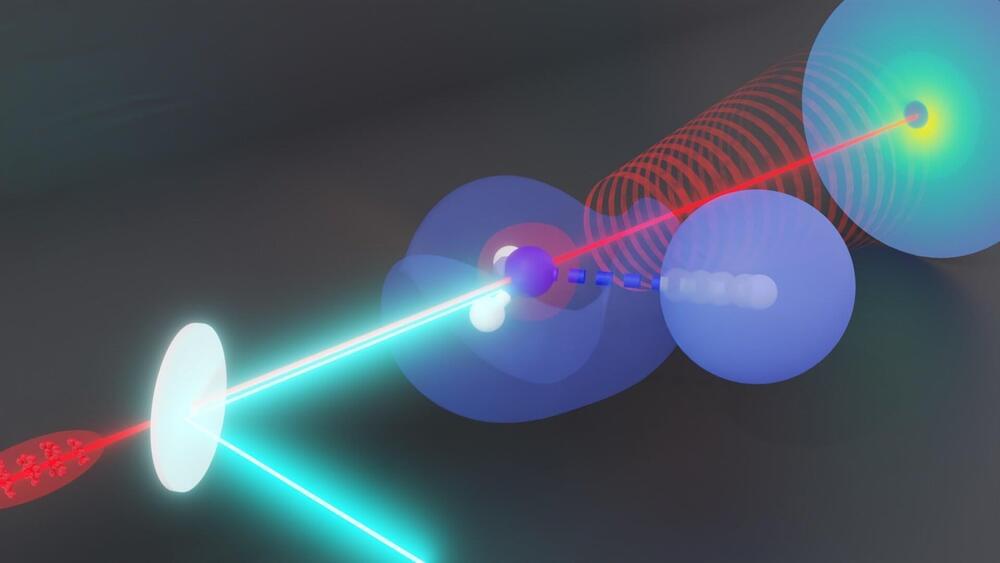
Scientists have caught fast-moving hydrogen atoms—the keys to countless biological and chemical reactions—in action.
A team led by researchers at the Department of Energy’s SLAC National Accelerator Laboratory and Stanford University used ultrafast electron diffraction (UED) to record the motion of hydrogen atoms within ammonia molecules. Others had theorized they could track hydrogen atoms with electron diffraction, but until now nobody had done the experiment successfully.
The results, published in Physical Review Letters, leverage the strengths of high-energy Megaelectronvolt (MeV) electrons for studying hydrogen atoms and proton transfers, in which the singular proton that makes up the nucleus of a hydrogen atom moves from one molecule to another.
For more information on addiction services at #YaleMedicine, visit: https://www.yalemedicine.org/departments/program-in-addiction-medicine.
Written and produced by Yale Neuroscience PhD student Clara Liao.
Addiction is now understood to be a brain disease. Whether it’s alcohol, prescription pain pills, nicotine, gambling, or something else, overcoming an addiction isn’t as simple as just stopping or exercising greater control over impulses. That’s because addiction develops when the pleasure circuits in the brain get overwhelmed, in a way that can become chronic and sometimes even permanent. This is what’s at play when you hear about reward “systems” or “pathways” and the role of dopamine when it comes to addiction. But what does any of that really mean? One of the most primitive parts of the brain, the reward system, developed as a way to reinforce behaviors we need to survive—such as eating. When we eat foods, the reward pathways activate a chemical called dopamine, which, in turn, releases a jolt of satisfaction. This encourages you to eat again in the future. When a person develops an addiction to a substance, it’s because the brain has started to change. This happens because addictive substances trigger an outsized response when they reach the brain. Instead of a simple, pleasurable surge of dopamine, many drugs of abuse—such as opioids, cocaine, or nicotine—cause dopamine to flood the reward pathway, 10 times more than a natural reward. The brain remembers this surge and associates it with the addictive substance. However, with chronic use of the substance, over time the brain’s circuits adapt and become less sensitive to dopamine. Achieving that pleasurable sensation becomes increasingly important, but at the same time, you build tolerance and need more and more of that substance to generate the level of high you crave. Addiction can also cause problems with focus, memory, and learning, not to mention decision-making and judgement. Seeking drugs, therefore, is driven by habit—and not conscious, rational decisions. Unfortunately, the belief that people with addictions are simply making bad choices pervades. Furthermore, the use of stigmatizing language, such as “junkie” and “addict” and getting “clean,” often creates barriers when it comes to accessing treatment. There’s also stigma that surrounds treatment methods, creating additional challenges. Though treatment modalities differ based on an individual’s history and the particular addiction he or she has developed, medications can make all the difference. “A lot of people think that the goal of treatment for opioid use disorder, for example, is not taking any medication at all,” says David A. Fiellin, MD, a Yale Medicine primary care and addiction medicine specialist. “Research shows that medication-based treatments are the most effective treatment. Opioid use disorder is a medical condition just like depression, diabetes or hypertension, and as with those conditions, it is most effectively treated with a combination of medication and counseling.”

Missions to the Moon, missions to Mars, robotic explorers to the outer Solar System, a mission to the nearest star, and maybe even a spacecraft to catch up to interstellar objects passing through our system. If you think this sounds like a description of the coming age of space exploration, then you’d be correct! At this moment, there are multiple plans and proposals for missions that will send astronauts and/or probes to all of these destinations to conduct some of the most lucrative scientific research ever performed. Naturally, these mission profiles raise all kinds of challenges, not the least of which is propulsion.
Simply put, humanity is reaching the limits of what conventional (chemical) propulsion can do. To send missions to Mars and other deep space destinations, advanced propulsion technologies are required that offer high acceleration (delta-v), specific impulse (Isp), and fuel efficiency. In a recent paper, Leiden Professor Florian Neukart proposes how future missions could rely on a novel propulsion concept known as the Magnetic Fusion Plasma Drive (MFPD). This device combines aspects of different propulsion methods to create a system that offers high energy density and fuel efficiency significantly greater than conventional methods.
Florian Neukart is an Assistant Professor with the Leiden Institute of Advanced Computer Science (LIACS) at Leiden University and a Board Member of the Swiss quantum technology developer Terra Quantum AG. The preprint of his paper recently appeared online and is being reviewed for publication in Elsevier. According to Neukart, technologies that can surmount conventional chemical propulsion (CCP) are paramount in the present era of space exploration. In particular, these technologies must offer greater energy efficiency, thrust, and capability for long-duration missions.

The Nobel Physics Prize was awarded on Tuesday to three scientists for their work on attoseconds, which are almost unimaginably short periods of time.
Their work using lasers gives scientists a tool to observe and possibly even manipulate electrons, which could spur breakthroughs in fields such as electronics and chemistry, experts told AFP.
Attoseconds are a billionth of a billionth of a second.
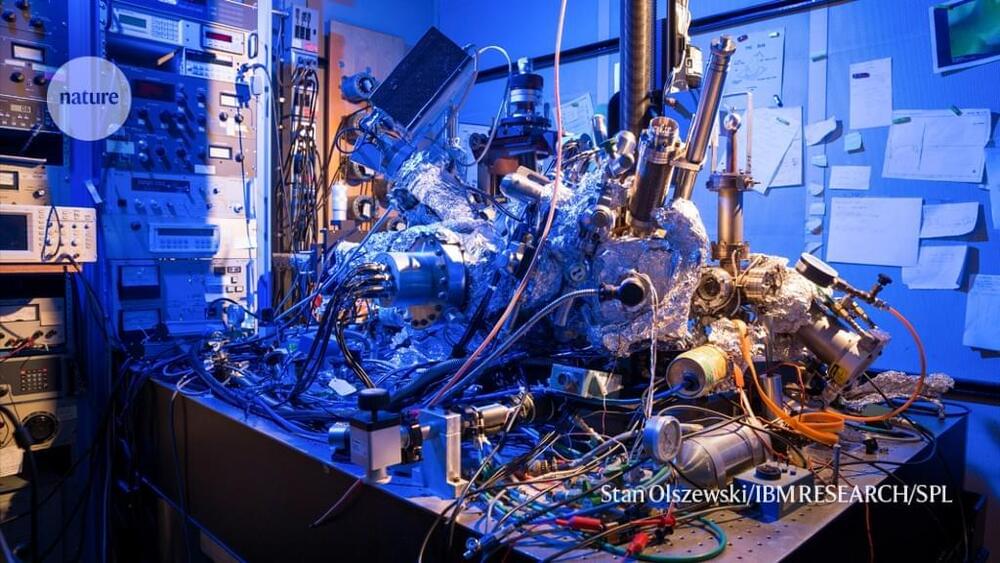
Physicists have performed the first quantum calculations to be carried out using individual atoms sitting on a surface.
The technique, described on 5 October in Science1, controls titanium atoms by beaming microwave signals from the tip of a scanning tunnelling microscope (STM). It is unlikely to compete any time soon with the leading approaches to quantum computing, including those adopted by Google and IBM, as well as by many start-up companies. But the tactic could be used to study quantum properties in a variety of other chemical elements or even molecules, say the researchers who developed it.
At some level, everything in nature is quantum and can, in principle, perform quantum computations. The hard part is to isolate quantum states called qubits — the quantum equivalent of the memory bits in a classical computer — from environmental disturbances, and to control them finely enough for such calculations to be achieved.
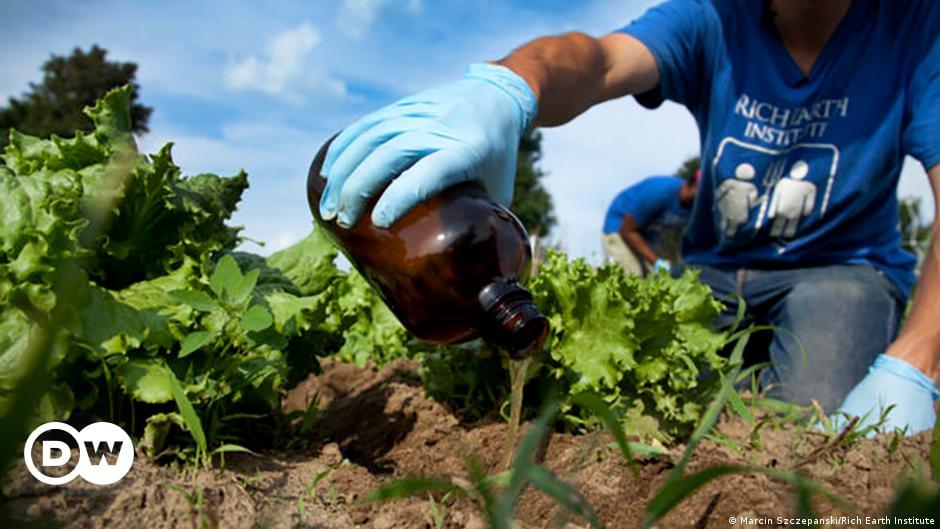
My idea is that all the waste from human waste has vital things in it we could even someday have everything recycled back into its original form like if waste medicines or other nutrients could be extracted we could essentially recycle human waste having a near unlimited supply of chemicals which would be great for space traveling where nothing is wasted.
Poop’s got an image problem
And there’s also the issue of acceptance. Research suggests there are both cultural and psychological barriers standing in the way of wider bodily waste recycling.
In Ghana, for example, fecophobia — a fear of solid human waste, particularly in its untreated human form — is commonplace, and many perceive growing food with it as unhygienic. Though one study suggested once people understand that feces-based fertilizer is treated and processed, the negative perception is significantly lower.
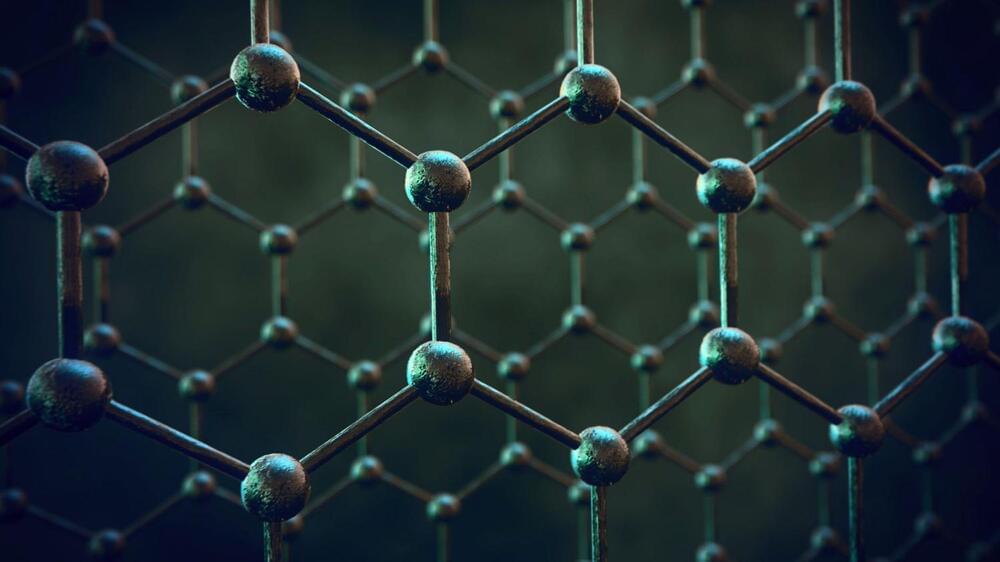
With millions of tons of human waste we could make mountains of graphene microchips :3.
A trio of researchers, two from the University of Chemistry and Technology, Praha 6, the other the University of Toronto, has demonstrated that chicken feces can be used to make graphene a better catalyst. In their paper published in the journal ACS Nano, Lu Wang, Zdenek Sofer and Martin Pumera argue that researchers churning out papers describing newly found dopants for graphene are not contributing to understanding graphene’s electrocatalytic abilities.
Graphene has been found to have conductivity and strength characteristics that make it a desirable material for use in commercial products. Some have suggested it might also make an excellent catalyst if the right dopant can be found. To that end, researchers have been testing various materials as dopants for graphene to find new ways to use graphene. In their paper, Pumera et al. argue that rather than simply testing materials one after another with graphene, researchers might make better use of their time by devising experiments designed to better understand the fundamentals of graphene’s electrocatalytic abilities. To drive their point home, they wondered if any “crap” they tested would work as a possible dopant—to find out, they tested chicken crap. They prepared samples of graphene oxide using two different methods, then combined each with chicken feces—they then used thermal exfoliation on the results to make graphene.

Remote control of chemical reactions in biological environments could enable a diverse range of medical applications. The ability to release chemotherapy drugs on target in the body, for example, could help bypass the damaging side effects associated with these toxic compounds. With this aim, researchers at California Institute of Technology (Caltech) have created an entirely new drug-delivery system that uses ultrasound to release diagnostic or therapeutic compounds precisely when and where they are needed.
The platform, developed in the labs of Maxwell Robb and Mikhail Shapiro, is based around force-sensitive molecules known as mechanophores that undergo chemical changes when subjected to physical force and release smaller cargo molecules. The mechanical stimulus can be provided via focused ultrasound (FUS), which penetrates deep into biological tissues and can be applied with submillimetre precision. Earlier studies on this method, however, required high acoustic intensities that cause heating and could damage nearby tissue.
To enable the use of lower – and safer – ultrasound intensities, the researchers turned to gas vesicles (GVs), air-filled protein nanostructures that can be used as ultrasound contrast agents. They hypothesized that the GVs could function as acousto-mechanical transducers to focus the ultrasound energy: when exposed to FUS, the GVs undergo cavitation with the resulting energy activating the mechanophore.

A process of surgically joining the circulatory systems of a young and old mouse has been found to slow aging at a cellular level and extend the older animal’s life by as much as 10%.
Recently published in Nature Aging, a study led by researchers from Duke Health discovered the longer the animals shared circulation, the longer the anti-aging benefits lasted once the two were no longer connected.
The findings suggest that the young benefit from a cocktail of components and chemicals in their blood that contribute to vitality, and these factors could potentially be isolated as therapies to speed healing, rejuvenate the body, and add years to an older individual’s life.